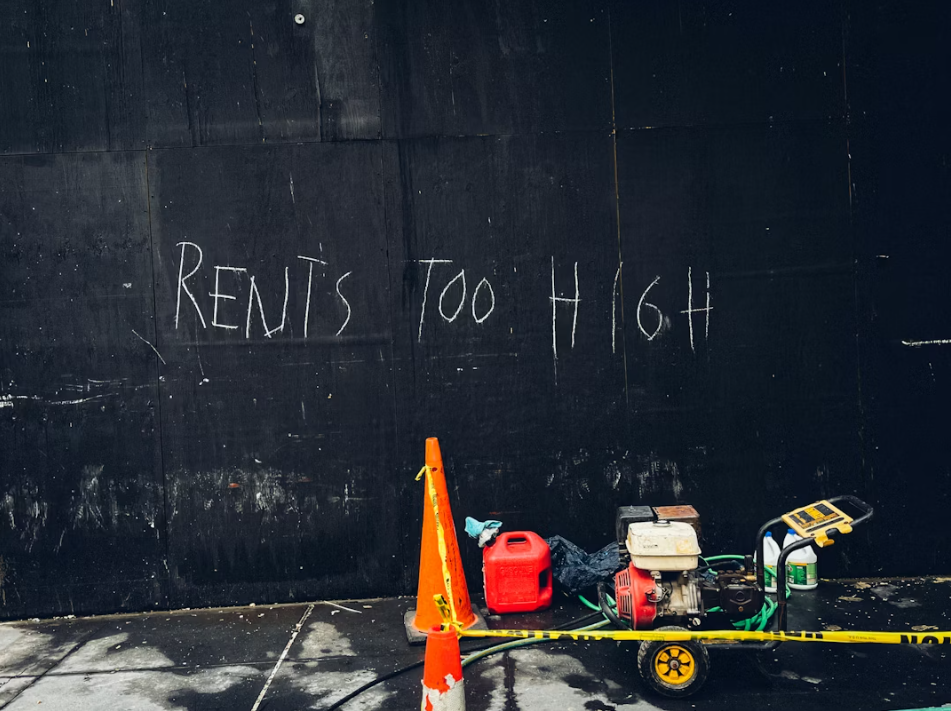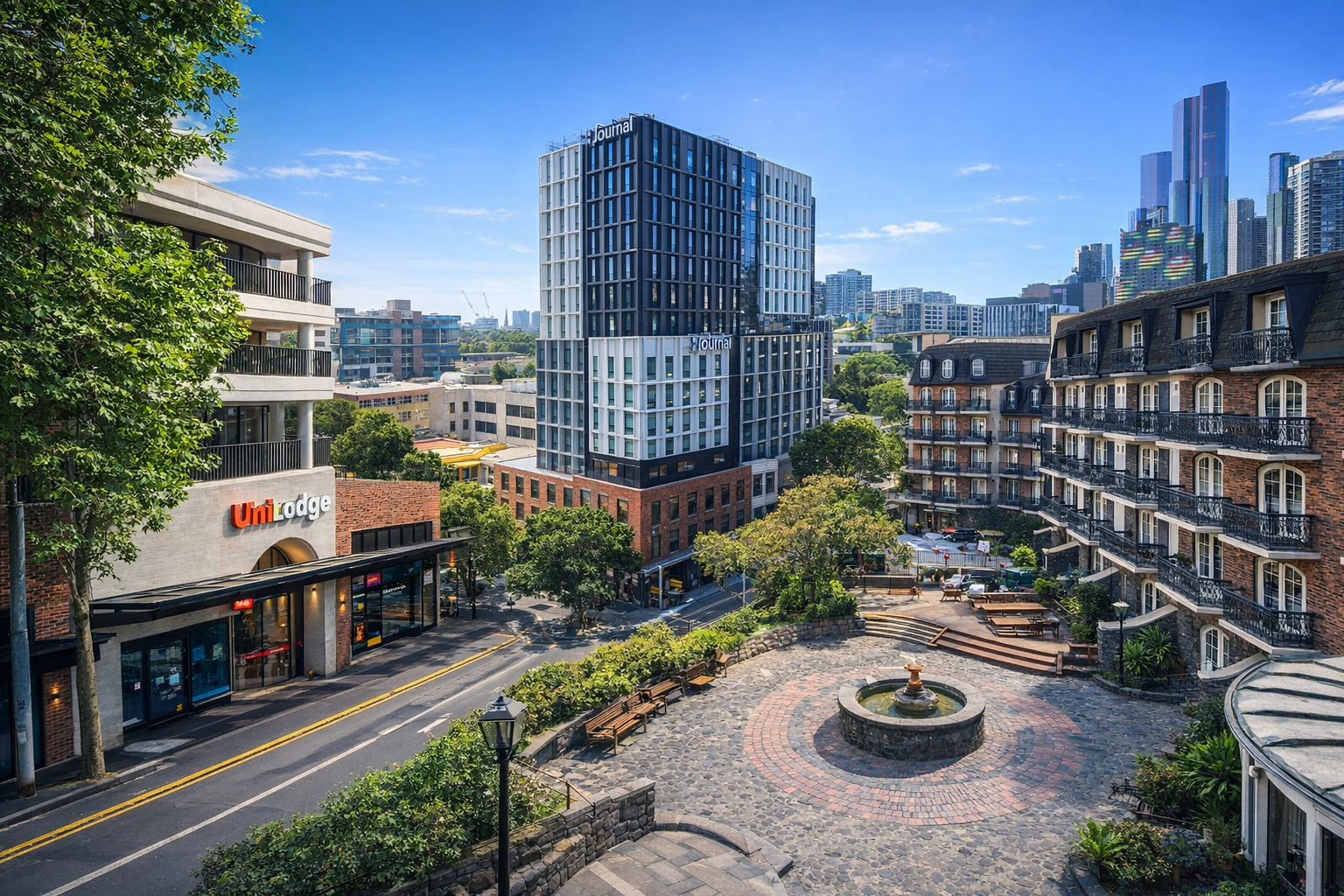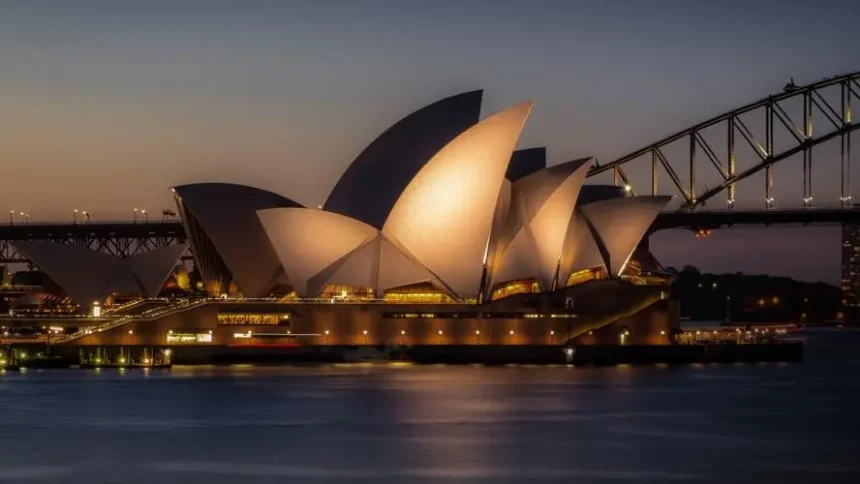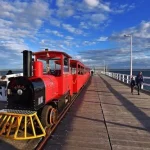There are many types of Sydney tickets, including single tickets, 10-trip tickets, and My Multi passes (daily, weekly, seasonal, annual) that are valid for use with rail and ferries. If you are travelling freely in Sydney, we recommend purchasing a My Multi one-day pass, which gives you unlimited rides on trains, buses, light rail and ferries in the city for AUD$22.
Transport in Sydney – Air
Sydney Kingsford Smith Airport is located about 10 kilometres south of the city centre. The airport terminal is divided into international and domestic terminals, with buses connecting the two terminals. There are direct international flights to Sydney from cities such as Beijing, Shanghai and Guangzhou. Domestically, there are flights from Sydney to Darwin, Perth, Melbourne, Cairns and the Gold Coast.

Airport Link
The Airport Express is the easiest way to get to Sydney’s city centre, with trains departing every ten minutes and taking just 13 minutes to get there. Trains from domestic airports run directly into the City Circle, which includes Central Station, Museum, St James, Circular Quay, Wynyard and Town Hall, and is suitable for passengers with little luggage and who are familiar with the area. The Airport Express Shuttle is suitable for passengers who have little luggage and are familiar with the local environment.
Airport Express
The Green and Gold Airport Express has several routes between the domestic and international airports, as well as the city and Kings Cross. The fare is A$7 for a one-way trip and A$12 for a round trip (tax included), and the operating hours are from 5:00 to 23:00.
3、Transport Service Company (Kingsford Smith Transport)/Sydney Airporter
Provides transport services to hotels, hostels and backpackers in Kings Cross, the city and Darling Harbour. Fares: Adults A$8 one-way, A$13 return (tax included), children A$4 (aged 4-12), operating hours: every 20-30 minutes.
Transport in Sydney – Railways
Central Railway Station Central Railway Station is Sydney’s railway transit centre to all Australian cities and towns, where you can change trains to other major tourist cities in Australia. The January to October platform is the departure point for long-distance trains (intercity and intercontinental trains).

Fares:
Journeys under 10 kilometres are charged at AUD$3.20 one way and AUD$4.40 off-peak for a return.
AUD$4.00 one way for journeys between 10-20 kilometres and AUD$5.40 off-peak for a return journey.
20-35km one way is AUD$4.60, off-peak round trip is AUD$6.40.
35-65km one way is AUD$6.00, off-peak round trip is AUD$8.20.
Over 65km one way is AUD$7.80, off-peak round trip is AUD$10.80.
Transport in Sydney – Roads

The Pacific Freeway is Australia’s main highway. Sydney is equipped with an extensive network of motorways and toll roads, but they are mainly located on the outskirts of the city. This is due to the fact that residents in many communities do not want the motorway to interfere with their quiet day-to-day lives.
Transport in Sydney – Local
Trains in Sydney

Trains run to and from all towns and cities. The time required to travel by train is similar to that of buses and the routes are the same. There are Central Railway Station and City Hall Railway Station in the city, and purchasing a TravelPass ticket, which allows you to travel to and from various tourist spots in the city an unlimited number of times within a day, is the most time and money-saving way to get around the city. Sydney is served by electric trains (monorails), which are fast, frequent and usually run from 4:00 am to 24:00 pm.
Scope of Travelling by Train:
Central Station: 3-5 minute walk to Chinatown; Light Rail from here passes through Chinatown, Darling Harbour and Sydney Seafood Market.
Museum Station: Get off at the south end of Hyde Park.
St James Station: Get off at the north end of Hyde Park.
Circular Quay Station: Get off at the Sydney Opera House and Harbour Bridge and catch the ferry to Taronga Zoo and Manly Beach, as well as the various bay piers. There is an entrance to the Royal Botanic Gardens from the Sydney Opera House side.
Town Hall Station: QVB, Westfield, Myer and other shopping centres and malls.
Taxi in Sydney

Taxis in Sydney are not cheap, multiply anything by 6.5 and you’ll get a slight pain in the arse. Taxis in Sydney are charged by the kilometre, just like in China. Different taxi companies charge different fares, usually starting at around AUD$3.30, with additional charges for booking a taxi, paying by credit card and night-time rides. A light on the roof of the vehicle indicates that it is empty and you can reach out and stop it. Apart from busy streets, there are not many mobile taxis, so it is advisable to book a taxi over the phone for out-of-the-way places.
Bus in Sydney

Long-distance buses run to and from major cities such as Canberra (5 hours), Melbourne (12 hours) and Cairns (23 hours). The city buses are well connected and assist the City Rail network which covers the whole Sydney area, running on time according to the timetable, in good condition, comfortable and convenient. Taxis are widely available in Sydney and can be flagged down anywhere, starting at $2.00 and increasing by $1.00 per kilometre.
Ferry in Sydney

Ferries are one of the best ways to see Sydney and all depart from Circular Quay to Parramatta, Manly, North Sydney, Mosman, Upper Parramatta River and other river destinations, covering almost the whole of Sydney’s inner harbour.
Lightrail in Sydney

Sydney’s Lightrail service runs from Central Station through Darling Harbour to the Sydney Fish Markets and westwards.
Central Station – Central (where Central Station is also located); Darling Harbour Station – Convention & Pyrmont Bay; Sydney Fish Market – Fish Market
Conclusion
In conclusion, navigating the vibrant city of Sydney is an adventure that is both exciting and rewarding. With a transport system that is as diverse and dynamic as the city itself, every journey opens doors to new experiences and opportunities.
Sydney’s robust public transport network of trains, buses, ferries, and light rail services is not just about getting from point A to point B. It’s about empowering you to explore the city’s iconic landmarks, immerse yourself in its rich cultural tapestry, and engage with its thriving community. It’s about providing a reliable platform for your daily routines and spontaneous adventures alike.
The Opal card system is more than just a ticket to ride – it’s your passport to the city. With its simplicity and convenience, it represents Sydney’s commitment to making travel accessible and enjoyable for everyone. And let’s not forget the growing presence of bike-sharing and ride-sharing services, which offer a personalised touch to your travels while promoting sustainable urban mobility.
But, beyond the mechanics of the transport system, it’s important to remember the essence of Sydney – its spirit of inclusivity, innovation, and inspiration. As you journey through the city, embrace the etiquette of travelling, respect the shared spaces, and cherish the connections you make along the way.
In Sydney, every commute is a journey of discovery, a testament to the city’s constant evolution, and a reflection of its harmonious blend of tradition and modernity. So, whether you’re a local, a visitor, or somewhere in between, let Sydney’s transport system guide you towards a future filled with exciting possibilities. Welcome aboard, and enjoy the ride.
FAQ
Sydney offers a diverse and comprehensive public transport system, including buses, trains, ferries, and light rail services. These options can take you across the city, making your travel experience both convenient and enjoyable.
The Opal card is your passport to Sydney’s public transport network. This reusable smart card allows you to pay for all your travels with just a tap. You can also use contactless payment methods like credit and debit cards, or mobile wallets on most services.
Yes, taxis and ride-share services like Uber and Ola are readily available throughout Sydney. They offer a flexible, personal mode of transport that can complement your journey, particularly during late hours when public transport services may be less frequent.
Indeed, Sydney strives to make its transport system accessible for everyone. Wheelchair-accessible buses, trains, ferries, and light rail vehicles are available. Stations and stops are being progressively upgraded to meet accessibility standards, ensuring everyone can travel with ease and dignity.
Yes, Sydney provides NightRide buses that run between midnight and 4:30 a.m., ensuring safe and reliable transport even during late-night hours. Also, some train services run late into the night, especially on weekends.








